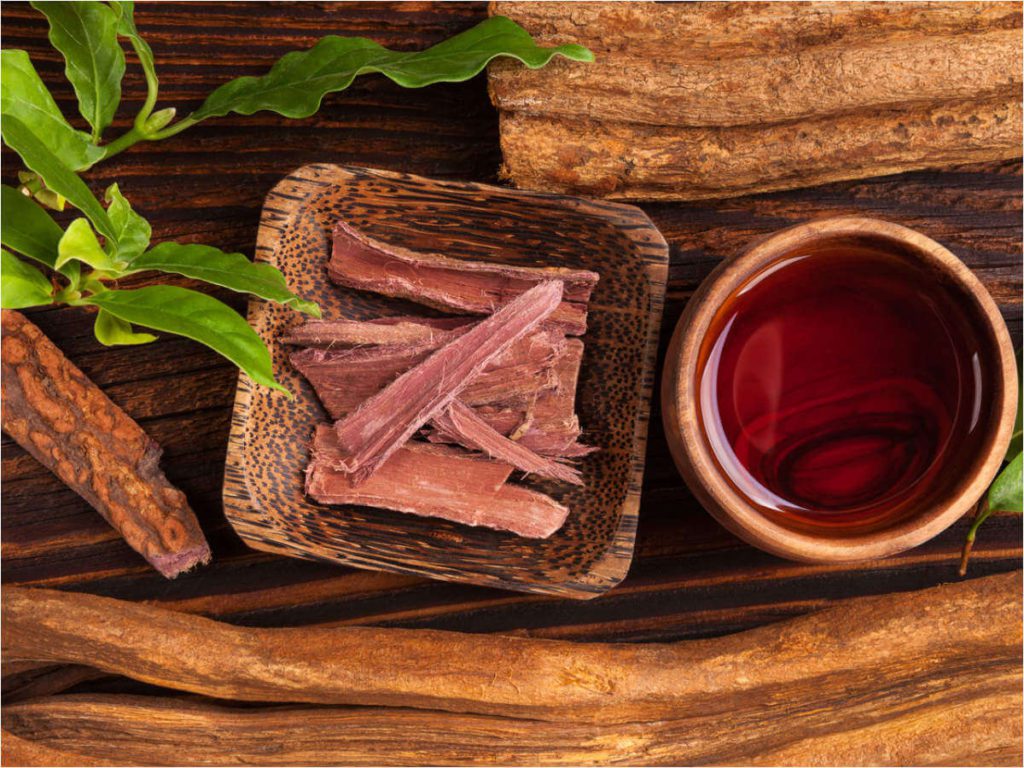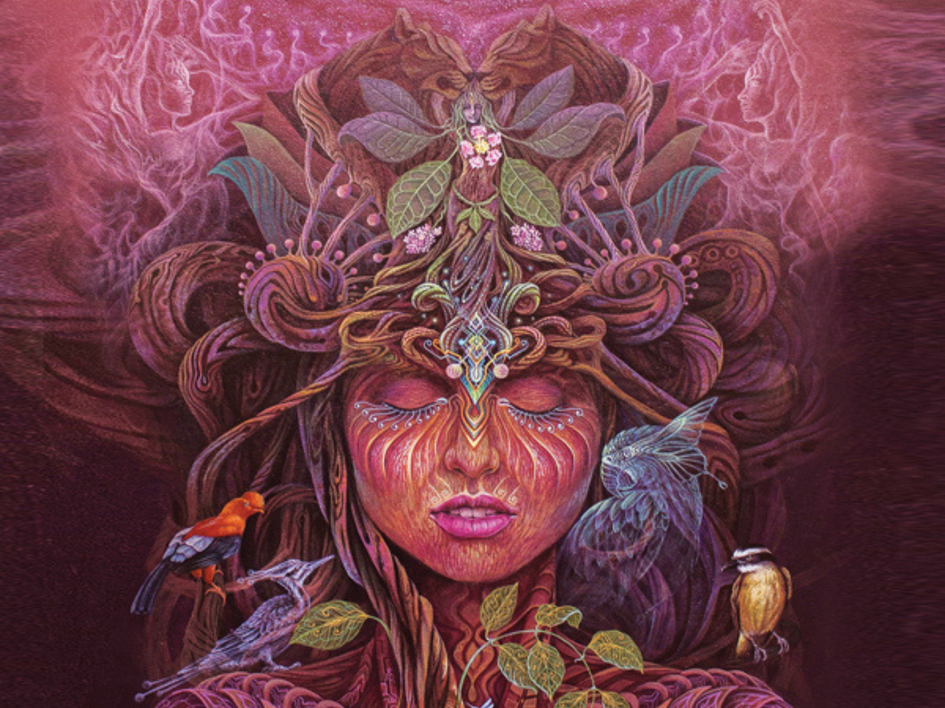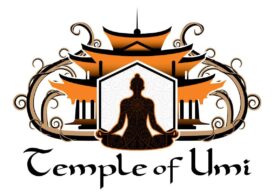Iowaska: Spirit Vine
Over 90 different indigenous tribes in the Amazon Rainforest employ a plant medicine known as iowaska, which is more frequently written as “ayahuasca.” Each society has created therapeutic customs based on the sacred use of this plant and combination. When one considers that many of these tribes are thousands of kilometers away and don’t seem to have ever interacted, this statistic is all the more remarkable. Nevertheless, one aspect of each tribe’s philosophy—that they initially learned about the science of plant medicine from the plants themselves—remains constant.
The plant “iowaska” or “ayahuasca” and the medication made from it are both used interchangeably.
What is Iowaska/Ayahuasca?
Scientific Name : banisteriopsis caapi
Common Names in the Amazon: ayahuasca; yagé; bejuco; caapi; nucnu huasca; shimbaya huasca; nishi; oni; népe; xono; datém; kamarampi; pindé; natema; iona; mii; shillinto; nepi.
Ayahuasca, also known as “Iowaska,” is a therapeutic brew whose principal component is the ayahuasca vine (banisteriopsis caapi). In most cases, the vine is cooked with at least one other admixture plant to create a brown liquid eaten during healing rituals conducted by ayahuasqueros, or Amazonian healers. The brew’s effects change significantly depending on the admixture plants used in its manufacture, how the curandero works, the healing ceremony, and a host of other more intricate and enigmatic factors.

The leaves of chacruna (Psychotria viridis) and yagé, also known as chaliponga, chagraponga, and huambisa, are the admixture plants most frequently utilized (Diplopterys cabrerana). Ayahuasca is well-known and used all over Peru, Ecuador, Colombia, Bolivia, and western Brazil. Thanks to retreat programs and organized religious movements like Santo Daime and the Unio do Vegetal (UDV), which won a supreme court ruling for the right of members to use the sacred medicine in ceremonies in the United States, ayahuasca use is swiftly gaining awareness and acceptance throughout the world.
Peruvian Amazon
Before the Spanish arrived in Peru, the Incan Empire began, and history, ayahuasca, was utilized in the Peruvian Amazon. The ritual cup from a society that perished in the year 50 A.D. is the oldest known item connected to the usage of ayahuasca. It was discovered in Ecuador and is currently displayed at the Ethnological Museum of Central University. It is carved out of stone with engraved embellishments (Quito, Ecuador). Therefore, its use has existed for much longer in the Amazon of Peru.
Chemically, the medication typically includes both tryptamine alkaloids and beta-carboline. However, some native Amazonian societies, like the Yahua, only use the ayahuasca vine to make their ceremonial beverage. The beta-carbolines are found in the ayahuasca vine (harmine, harmaline, and tetrahydroharmine). At high doses, harmine and harmaline are visionary, but at low doses, they usually only cause sedation and nausea. Ayahuasca contains substantial amounts of tetrahydroharmine, which may cause some more potent effects.

The curanderos categorize the ayahuasca vines further based on their effects, despite the fact that all ayahuasca vines are botanically categorized as Banisteriopsis caapi. As an illustration, cielo ayahuasca, which translates to “sky” or “heaven,” suggests that the drug’s impact is transporting one to the celestial world. Negra ayahuasca, often known as black ayahuasca, primarily interacts with the shadow self, dark forces, or black magic.
Harmala alkaloids have the unusual property of momentarily lowering monoamine oxidase levels in the body. Tryptamine alkaloids are generally broken down by the enzyme monoamine oxidase, among other things. Due to monoamine oxidase inhibitors (MAOIs), tryptamines become orally active. Ayahuasca plays a crucial function in the concoction to allow a variety of potent alkaloids to enter the brain and subsequently be broken down by other mechanisms.
DiMethyltryptamine, also known as DMT
DiMethyltryptamine, also known as DMT, is the main tryptamine present in ayahuasca. The human brain’s pineal gland is thought to secrete this naturally occurring biological compound, particularly when dreaming. According to Rick Strassman, author of “DMT Spirit Molecule,” the pineal gland creates significantly more dimethyltryptamine than usual around 49 days of human embryonic development. The only other time this happens spontaneously is correct before we pass away. Strassman concluded that the synthesis of DMT is a chemical manifestation of a spiritual occurrence, namely the spirit’s entrance and exit from the physical body. Worldwide, a significant number of plant and animal species contain dimethyltryptamine.
As some scientists have suggested, the Ayahuasca experience is not simply an oral DMT encounter triggered by a beta carboline MAO inhibitor. The ayahuasca vine itself, which is frequently believed to impart “knowledge” to the experience, is at least partially to blame for the dynamics inside the ayahuasca experience being significantly more complex. Almost all cultures that take ayahuasca in the Amazon Rainforest agree with this concept. The truth is that ayahuasca is a component of a diverse, mystical healing phenomena that defies reductive, chemical, or scientific oversimplification. The intention of the drinker and the role of the curandero, who uses their experience and relationship with the spirit of ayahuasca (as well as other plants) to increase, decrease, and guide the depth of the healing, are just two of the many factors that go into the relationship between the drinker and the ayahuasca.
Here is a passage from one of the early researchers on ayahuasca, Richard Evans Shultes, explaining the effects of consuming a beverage made only from the vine and devoid of any mixing plants:
The Banisteriopsis drink is still used today by the natives of the northwestern Amazon region of Brazil and Colombia for prophetic and divinatory purposes as well as to boost the courage of male adolescents preparing to participate in the excruciatingly painful yurupari ceremony for initiation into manhood. These persons, with whom I have consumed caapi on numerous occasions, typically experience pleasant narcosis marked by color-based visual hallucinations that are initially frequently blue or purple in hue. Although awareness is not lost and limb usage is not adversely impaired, it is believed to cause severely nightmare-like images and a feeling of tremendous reckless abandon in high doses.
The Ayahuasca Foundation is committed to using ayahuasca in a transformational and safe manner through our healing, education, and training programs. For more information, visit our healing retreats and advanced training programs.
EFFECTS OF AYAHUASCA
A healing knowledge that has been passed down orally from generation to generation and through the plants themselves has been developing in the Amazon for millennia. Patients frequently experience the following effects from the sacred medicine, which is primarily used to heal:
HEALING THE BODY
RELIEF FOR THE BODY Almost everyone talks about a physical purging or cleansing process, which frequently involves vomiting or another emesis. The beverage also uses the term “la purga” due to its potent purgative properties. However, vomiting is not required, and the curandero hardly ever vomits during a ritual.
HEALING THE MIND
BALANCE OF THE MIND A regular occurrence is a reversion to the setting or event that caused the issue or trauma. Reliving the experience will help you come to a piece of new knowledge and insight that will help you find closure. For example, ceremony participants reassess their life paths with a clearer understanding of why they are here and what it is they need to do to accomplish their mission after seeing dream-like sequences where they get personalized messages from spirits.
HEALING THE SOUL
RELIEF FOR THE SOUL Most Ayahuasca users reports having some spiritual experience. Unfortunately, because there is no spirit in our language, it is incredibly challenging to convey the spiritual impacts. People frequently experience what can be considered spiritual, but Western civilization is just uninformed of the science of spirit that is still practiced in the Amazon today.
Outside the Amazon rainforest’s natural and cultural surroundings, an ayahuasca experience must be fully realized. Only in the Amazon region can one find the enormous variety of medicinal plants that aid recovery. The curanderos invite the spirits of many potent plant allies into the ayahuasca ceremonies. Their connection to these plants is most substantial when they are physically present. Therefore their strength and presence are significantly greater when plants surround them from the Amazon rainforest. This does not imply that utilizing ayahuasca in other parts of the world cannot result in highly positive personal effects. Still, treatment using ayahuasca and several other medicinal herbs in the Amazon rainforest is most likely to result in the highest benefit levels.
Visit the following websites for further details about ayahuasca:
Wikipedia – Ayahuasca Visit website.
Ayahuasca.com Visit website.
Ayahuasca Info Visit website.
